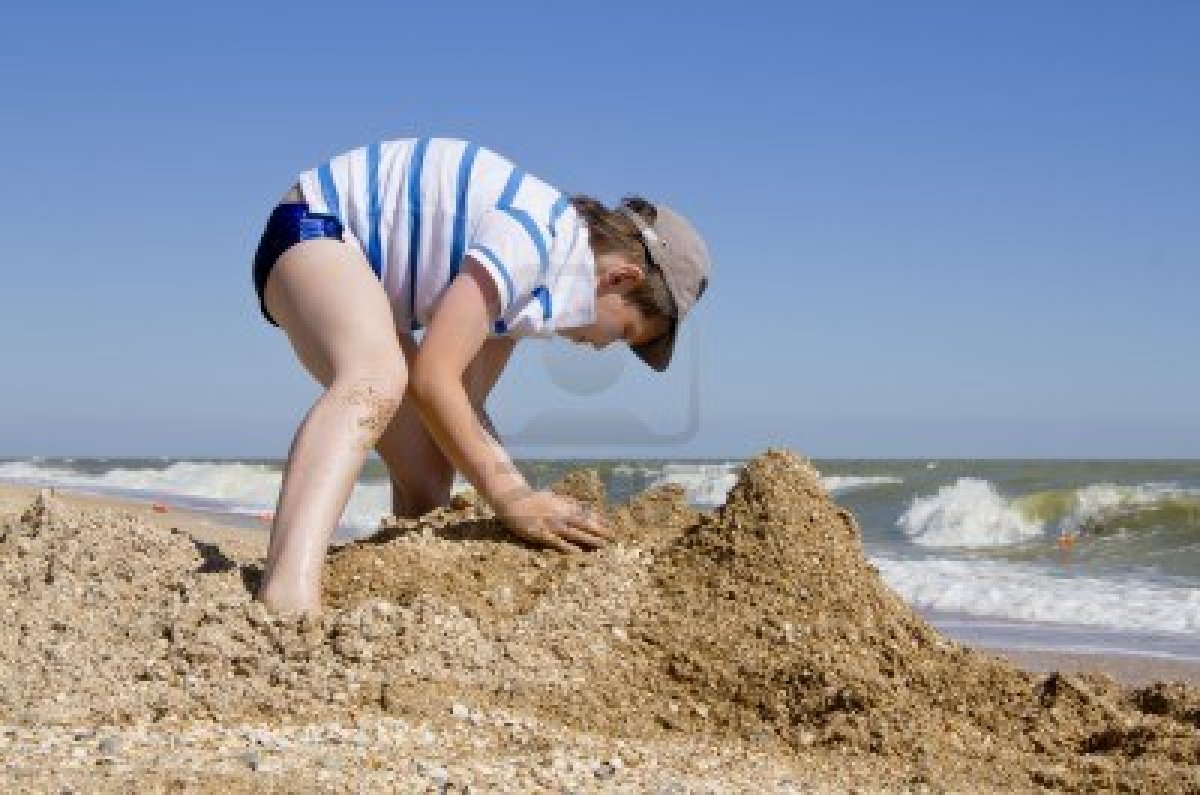Author: Beach Combing | in : Medieval, Modern
, trackback

Luise White published, in 2000, her Speaking with Vampires: Rumor and History in Colonial Africa. Very crudely – the book is difficult to reduce to a simple core because it recognizes complexity on the ground –White shows how colonial anxiety was played out through what she chose to call ‘vampire’ legends. Europeans and their agents (the police, the fire service etc etc) were, it is said, intent on kidnapping African men and women to harvest their blood, which would then be drunk or employed for imperial magic (another post, another day). Beach is a fan of Luisa White and so was struck today to come across an equivalent from closer to (his) home. We are in the nineteenth century in the gentile north of England. It is a throwaway sentence but it is suggestive.
The Irish peasants believe that the early English settlers built their castles on the slaughtered bodies of their Irish enemies.
It would be tempting to dismiss this as one of those Irish ‘rumours’ that turn up in nineteenth-century British books: the nineteenth-century English particularly were ready to believe just about anything about their sister isle; and some of the facts that came out of the Ireland took, in truth, some beating, e.g. Brigid Cleary. But there is something familiar about this legend. Irish Latin literature begins in the fifth century and Gaelic literature in the eighth-century. From the second date, and arguably from the seventh century, there are descriptions of children being buried in the foundations of buildings. There has long been a suspicion that this represents a pre-Christian tradition that perhaps survived uneasily into the Christian period. It has also been, in some respects, supported by pagan era digs.
It looks very much then that in the echo well of Irish tradition this idea had somehow been associated with British ‘colonialism’ for want of a better word. Instead of the pagan past the legend had been projected onto the enemy down the road, though note that it was the ‘early English settlers’ not the Anglo-Irish resident magistrate with his Victorian jodhoppers and a weakness for fox hunting that had packed young Fergus into an early beneath-building grave. The parallels with the custom of closing cats in walls and supposed legends about burying children to secure constructions are, of course, striking. Any other information on this bit of Irish history: drbeachcombing AT yahoo DOT com
And while we are on the subject of vampires, thanks to all of you who sent this great story in.
29/July 2013: Chris from
Haunted Ohio Books writes in: I think the same situation of “vampiric legends” associated with colonialism exists in South America. There was a relatively recent panic over gangs stealing fat to be used in European beauty products and Americans kidnapping children for their organs. I think, although I cannot find a reference, that at least one Latin American country banned adoptions to the United States because they feared the children would be killed for organ harvest. A similar story about children adopted by Americans has made the rounds in Russia recently. ‘human cartels” in Colombia. In Peru there was also a very literal
vampire panic over the legend of the unfortunate Sarah Ellen Roberts “Dracula’s Bride,” who was supposed to rise from her Pisco tomb
in 1993. And, back to burying one’s enemies in foundations, I found this gruesome tale from 1840, which sounds like Imperialist propaganda promoting an invasion to overthrow the “petty tyrant.” ALMOST INCREDIBLE BARBARITY There is a shocking account in the N.Y. Signal, in which the petty despot who governs Ispahan, is described as cruel almost beyond belief. A favorite mode of punishment with this tyrant, is to cage up criminals doomed to expiate their offences with life, and when two or three hundred are thus collected, to build a “groaning tower” as it is called a horrid edifice, composed of alternate layers of stone and human bodies, first a foundation of stone is placed upon the ground, and then a layer of live men and women are placed upon these, and if we understand the operation rightly, covered with lime and mortar. On these are placed another series of stones welt cemented, and then again comes the shrieking victims of an almost unheard of cruelty; and thus the workmen proceed until the tower is finished. One of these now stands at a gate of the city. A traveller who writes from there recently, says that another collection of criminals is making, and in a short time another “groaning tower” will go up. Humanity shrinks from the horrible picture. The Columbia Democrat [Bloomsburg, PA] 25 July 1840: p. 2. Then Jonathan from
A Corner writesI have, immediately, to mention Bran the Blessed, whose head was buried under a building by his own order, a legend late retooled for Harold II of England… It is certainly true that the Anglo-Saxons liked burying things in foundation trenches when they started a building or under the collapsed roof of one they were demolishing, but I wouldn’t have thought the relevant cosmology would have been terribly keen on having dead enemies there! Both the Bran story and the various Anglo-Saxon princely burials suggest a sense that the dead retained some of their living identity after burial, in which case you wouldn’t sleep easy with your victims under the floorboards (unless you were some Anglo-Saxon Fred West of course). But if by earliest settlers you mean *Normans*, well, obviously that’s different… Thanks J & C!



